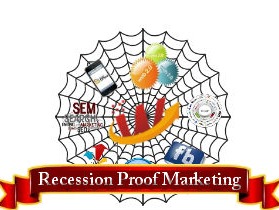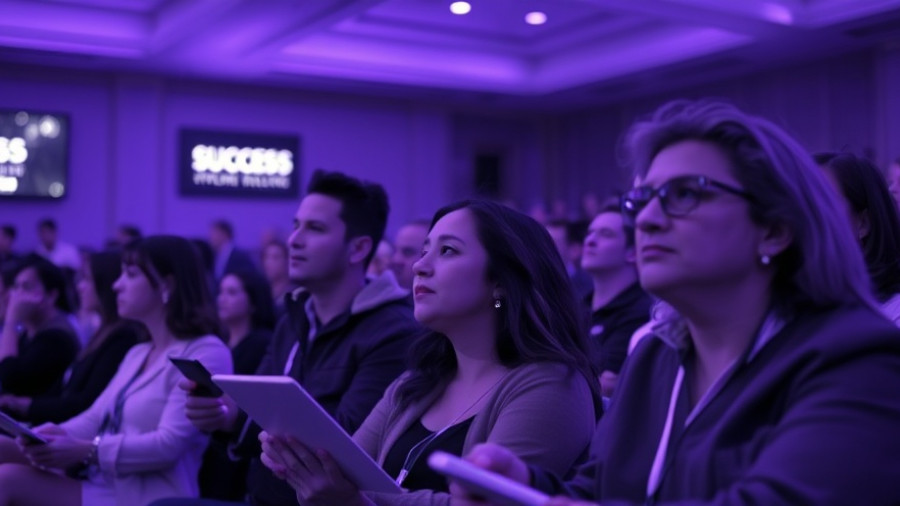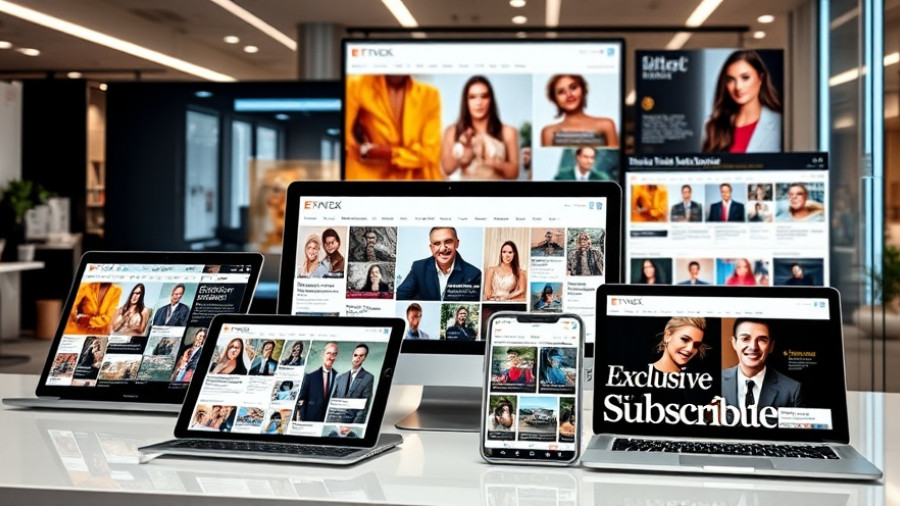
Understanding Inclusion: More Than Just a Word
Inclusion is often simplified to the act of including someone in a group or space. However, it encompasses much more than merely ensuring a seat at the table. True inclusion involves creating an environment where individuals feel valued and actively engaged, regardless of their background or identity. The concept can be best illustrated through a familiar scenario: when inviting someone new to join a group, it's not enough for them to simply be present. Are their contributions heard? Do they feel understood? Authentic inclusion ensures active participation and respect for every voice.
The Importance of Celebrating Diversity
Diversity is the mix of individuals from various walks of life—different religions, ethnicities, genders, sexual orientations, and experiences. Recognizing this diversity is essential, but the real work lies in fostering an environment that celebrates it. This isn’t just about tolerance; it’s about embracing differences and learning from one another to create a richer, more nuanced understanding of the world. When different perspectives are shared without fear of judgment, everyone benefits, leading to a more harmonious and productive community.
Quotes that Inspire Us Toward Inclusion
To further understand the importance of inclusive environments, let’s take a look at some impactful quotes that capture this essence:
- "Inclusion is not just about bringing people to the table; it’s about making sure they have a voice in the discussion."
- "Diversity is being invited to the party; inclusion is being asked to dance."
- "True belonging doesn’t require you to change who you are; it requires you to be who you are."
Such quotes encapsulate the heart of what it means to foster belonging and understanding in our communities. They remind us to not only acknowledge our differences but to embrace them actively.
Opportunity for Future Change
As we move forward, it's crucial to recognize the role of inclusion in various spheres of life—education, workplaces, and local communities. Schools can implement DEIB initiatives that allow students from diverse backgrounds to thrive, contributing to a richer learning experience. In workplaces, businesses that prioritize diversity often enjoy more innovation and better performance, as they leverage a wide array of perspectives. For local communities, fostering inclusion can lead to stronger connections and support networks, making them more resilient and vibrant.
Conclusion: Taking Action Towards Inclusion
Understanding and promoting inclusion is not a one-time initiative; it is an ongoing commitment to creating an environment where everyone feels welcome and empowered. The journey towards genuine inclusivity begins with individual actions—starting by listening to others’ experiences and actively advocating for diverse voices. As Taylor Lane notes, “Every entrepreneur should strive to create a community where every voice matters; it’s this tapestry of perspectives that fuels true innovation.”
Now is the time to reflect on how you can contribute to a more inclusive society. Whether through small daily actions or larger initiatives, your efforts can make a significant difference in fostering an environment of belonging and understanding for all.
 Add Row
Add Row  Add
Add 




Write A Comment